Introduction to Craft Knives
Craft knives are essential tools for those who love crafting and artistic work. These versatile knives are designed for cutting, trimming, and shaping various materials. Whether you’re into paper crafting, scrapbooking, or model building, a craft knife is often the go-to tool. Their sharp blades and compact size make them highly efficient for precision work. Understanding what craft knives are and their uses is key before making a purchase.
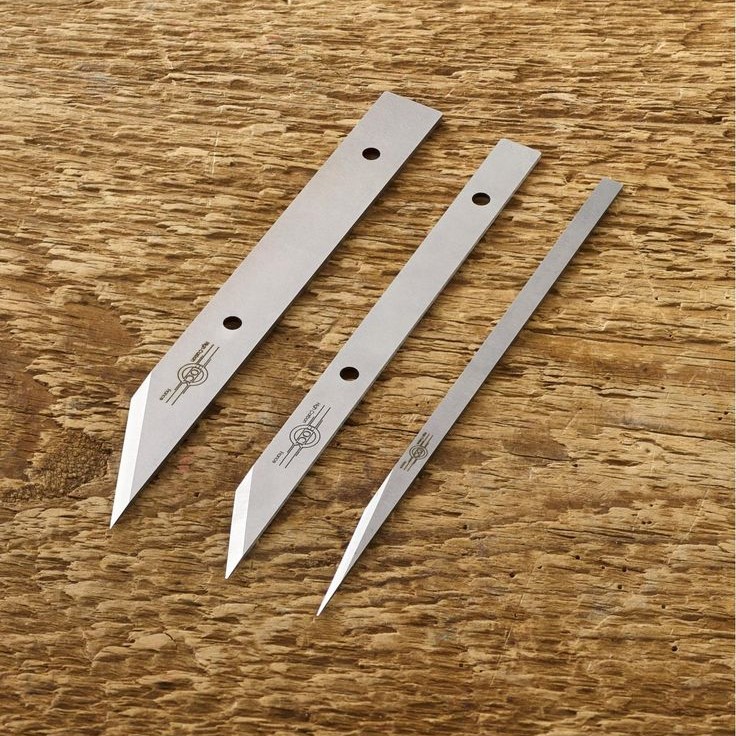
What are Craft Knives?
Craft knives are small, handheld tools with sharp replaceable blades. They are built for precision cutting of thin or delicate materials. The blades are often made of high-quality steel that ensures durability and sharp edges. Handles come in various designs, offering comfort and control for detailed tasks. Common types include utility knives, precision knives, and specialty craft knives.
Common Uses of Craft Knives in Crafting
Craft knives have a wide range of uses in creative projects:
- Paper Crafting: Ideal for cutting paper into intricate shapes or designs.
- Scrapbooking: Used to trim photos, borders, and adhesive materials.
- Model Building: Perfect for shaping foam, plastic, or wood parts.
- Leatherworking: Helpful for cutting leather into custom designs.
- Fabric Crafting: Useful for cutting precise patterns in cloth.
Their versatility makes them indispensable for hobbyists and professionals alike.
Types of Craft Knives
Choosing the right craft knife depends on your specific crafting needs. Various types of craft knives are designed for different tasks. Below are the most common types and their uses.
Utility Knives
Utility knives are versatile and sturdy tools for general cutting tasks. They are ideal for cutting thick materials like cardboard, foam board, and plastic. The blades are often retractable and replaceable, which makes them safe and durable. Utility knives are great for heavier crafting projects that require strength and stability.
Precision Knives
Precision knives are perfect for intricate and detailed cutting work. These knives have thin, sharp blades designed for accuracy. They are commonly used in paper crafting, scrapbooking, and small-scale model building. The lightweight handles ensure better control for precise tasks. Precision knives are a must-have for any crafter who values detail.
Rotary Cutters
Rotary cutters are specialized tools with a circular blade. They are frequently used in fabric crafting to create clean and straight cuts. These knives are also useful for cutting multiple layers of fabric efficiently. The ergonomic design and sharp blade make rotary cutters an excellent choice for quilting and sewing enthusiasts.
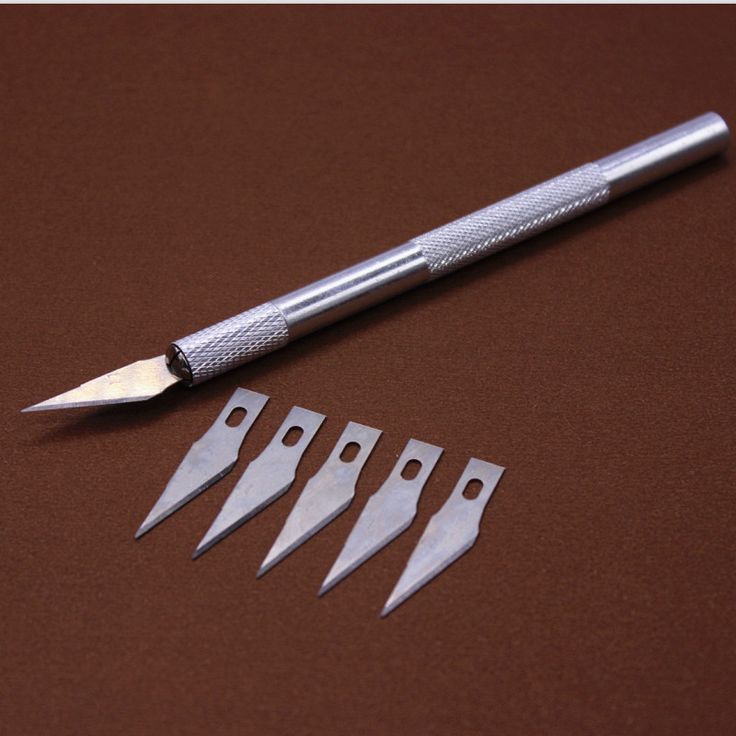
Specialty Craft Knives
Specialty craft knives are designed for unique purposes. Some examples include knives for leatherworking, glass cutting, or stencil-making. These tools cater to specific crafts that require specialized blades or features. If you have a niche hobby, a specialty knife can significantly enhance your crafting experience.
Key Features to Look for
Choosing the right craft knife involves understanding its essential features. A good craft knife enhances precision, comfort, and safety.
Blade Types and Materials
The blade is the most critical component of a craft knife. Here are key aspects to consider:
- Blade Shapes: Straight blades are ideal for general tasks, while curved blades suit intricate work.
- Material Quality: High-carbon steel blades offer durability and precision. Stainless steel prevents rust.
- Replaceable Blades: Opt for knives with easy blade replacement for long-term use.
Different crafting projects may require specific blade types. Assess your needs and choose accordingly.
Handle Design and Grip Comfort
Comfortable handle design is crucial for extended crafting sessions. Here’s what to look for:
- Ergonomic Shapes: Handles should fit naturally in your hand.
- Grip Material: Rubberized or textured grips prevent slipping.
- Weight Balance: A well-balanced knife ensures better control and reduces hand fatigue.
Comfortable handles improve cutting accuracy and reduce strain.
Safety Features
Safety is essential when using sharp tools. Many craft knives include protective features:
- Retractable Blades: Reduces the risk of accidents during storage.
- Blade Locks: Secure the blade in place while cutting.
- Protective Caps: Cover the blade tips when not in use.
These features protect not only the user but also the blade itself, ensuring longer usability.
Understanding these features will help you make an informed decision and find the perfect craft knife for your projects.
How to Choose the Right Craft Knife for Your Needs
Selecting the perfect craft knife depends on your crafting goals and preferences. Understanding your project types, tool durability, and budget will help you make the right decision.
Assessing Your Crafting Projects
- Identify Materials: List the materials you use most, like paper, fabric, or leather.
- Project Complexity: For intricate designs, choose precision knives. For heavier tasks, opt for utility knives.
- Frequency of Use: If you craft often, look for knives with ergonomic handles and replaceable blades.
Carefully analyzing your crafting needs ensures compatibility between the tool and your projects.
Factors to Consider: Versatility and Durability
- Versatility: Choose a knife that can handle multiple materials and uses.
- Example: Utility knives are great for various crafting types.
- Blade Durability: High-quality materials like high-carbon or stainless steel last longer.
- Multi-Blade Options: Some knives come with interchangeable blades for added flexibility.
Durable and versatile craft knives enhance crafting efficiency and minimize repeated purchases.
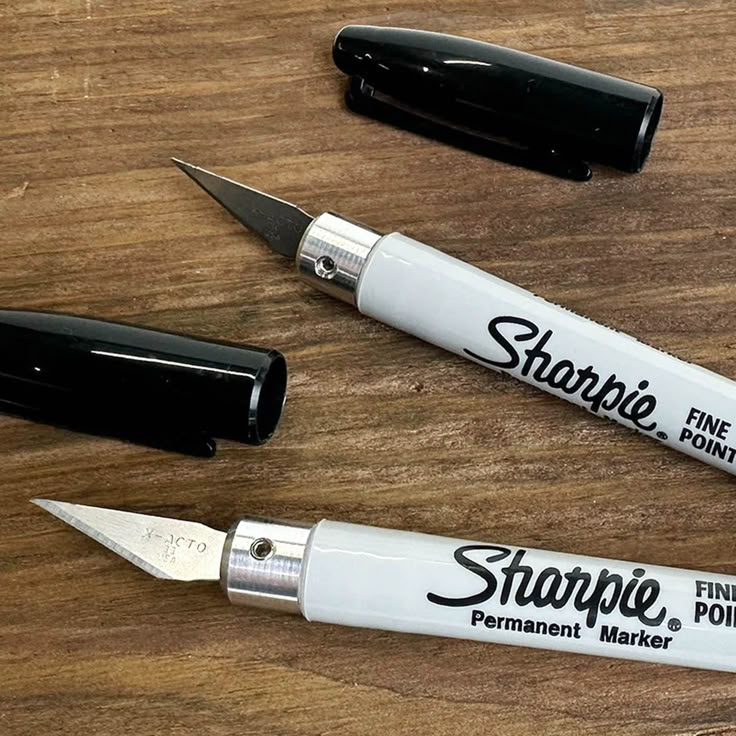
Budget Considerations
- Set a Budget: Determine how much you’re willing to invest in a craft knife.
- Balance Quality and Price: Avoid the cheapest options, as they may lack durability.
- Consider Long-Term Costs: Opt for knives with replaceable blades to save money over time.
A smart budget plan helps you get the best value without compromising on quality.
Maintenance and Care Tips for Craft Knives
Proper maintenance ensures your craft knife remains sharp, safe, and durable over time. Taking care of your knife also enhances its performance and extends its lifespan.
Proper Cleaning and Storage
- Clean After Each Use: Wipe the blade with a soft cloth after cutting. Remove any leftover material or dirt.
- Avoid Water on Metal Blades: Water can cause rust. Use a dry or slightly damp cloth for cleaning.
- Use Blade Oil: Apply a small amount of oil to the blade to prevent corrosion.
- Safe Storage: Keep your craft knife in a sheath or use the retractable feature to protect the blade.
- Store in a Dry Place: Avoid humid environments to prevent rust. Use silica packs in your storage box if needed.
These steps help maintain your tool’s sharpness and safety for longer use.
Blade Replacement Guidelines
- Inspect Regularly: Check if the blade is dull, damaged, or chipped. Replace immediately if necessary.
- Follow Manufacturer Instructions: Always adhere to replacement guidelines provided by the knife’s manufacturer.
- Use Proper Tools: Some knives need specific tools to change the blade. Have these ready to avoid accidents.
- Dispose Safely: Wrap used blades securely before discarding them to prevent injuries.
- Stock Up on Blades: Keep extra blades on hand. This ensures smooth workflow without delays.
Timely blade replacement ensures precision and reduces hand strain during crafting projects.
Most Popular Brands and Models
Choosing the right craft knife involves picking trusted brands and reliable models. Here, we’ll explore popular options for beginners and professionals.
Recommendations for Beginners
If you’re new to crafting, start with easy-to-use and budget-friendly craft knives. These brands offer excellent beginner-friendly models:
- X-ACTO: Known for precision knives, this brand provides affordable options for various materials. The X-ACTO Z-Series is a top choice for its sharp blade and ergonomic handle.
- Olfa: Olfa’s rotary cutters are perfect for fabric crafters, providing clean and effortless cuts. These tools are simple to operate and highly reliable.
- Fiskars: Fiskars craft knives boast comfort grips and safety features, ideal for first-time users. Their beginner knife sets often include replaceable blades and cutting mats.
- Excel Blades: These affordable precision knives are great for intricate cuts in paper and cardboard.
Beginner-friendly options focus on safety, affordability, and ease of use, ensuring a smooth start to crafting.
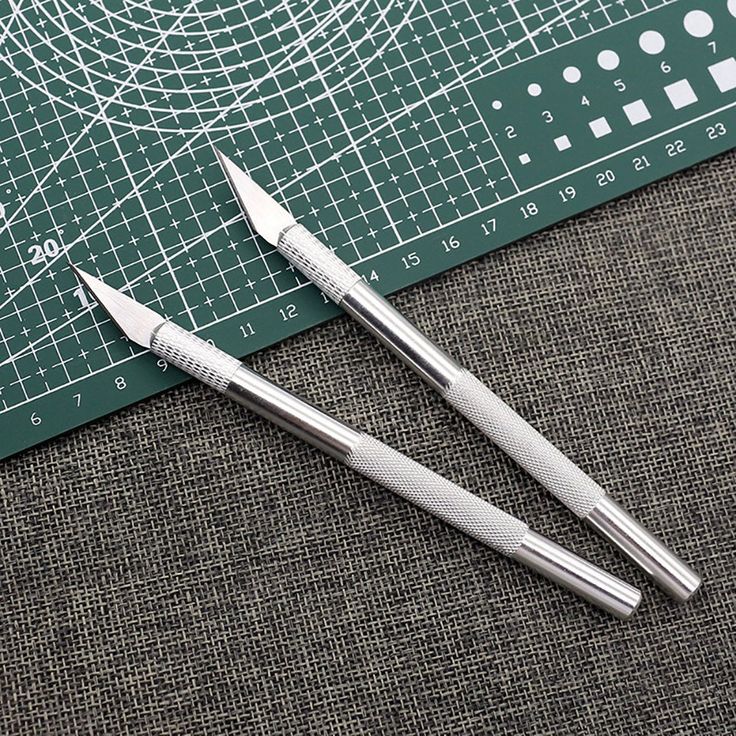
Professional-Grade Options
For experienced crafters and professionals, durability and flexibility are crucial. Consider these high-quality options:
- Olfa Heavy-Duty Utility Knife: Durability and sharpness make it ideal for heavy-duty cutting work. This model includes a sturdy handle and exceptional blade longevity.
- NT Cutter: Known for its reliability, NT Cutter offers precise and robust knives for detailed projects. Their professional ranges include models for advanced paper crafting and model building.
- X-ACTO Deluxe Precision Knife: This tool combines an ergonomic grip and replaceable blades, perfect for in-depth crafting projects.
- Fiskars Professional Art Knife: Designed for intricate detail work, it’s an excellent tool for advanced scrapbooking and stenciling. Its safety lock and non-slip grip add value.
- Swann Morton Craft Knife: Highly regarded for precision cutting, this brand is a favorite among professionals.
Professional-grade knives offer superior materials, performance, and features to handle complex tasks efficiently.
Selecting the right craft knife brand depends on your skill level and project needs. Beginners can focus on ease of use and safety, while professionals can explore advanced tools and features.
Safety Tips and Best Practices
For crafting projects, safety is crucial when handling sharp tools like a craft knife. Following proper safety measures reduces the risk of accidents and ensures precise results.
Using a Cutting Mat
A cutting mat is an essential safety tool for craft knife users. Here’s why you should use one:
- Protect Your Work Surface: Cutting mats prevent damage to tables and counters from blade marks.
- Self-Healing Feature: Many mats repair minor cuts automatically, extending their usability.
- Improve Blade Longevity: Mats provide a soft cutting surface that slows blade dulling.
- Guide Lines for Accuracy: Most mats feature grid lines for precise measurements and straight cuts.
- Non-Slip Design: Mats stay in place, ensuring stability during cutting tasks.
Always place your project materials on the cutting mat before using the craft knife. This simple step prevents damage and enhances precision.
Techniques for Safe Cutting
Using safe cutting techniques minimizes injuries and improves crafting efficiency. Follow these guidelines:
Cut Away From Yourself
- Safety First: Always move the blade outward, directing it away from your hands and body. This essential rule minimizes the risk of accidental cuts or injuries while working on your projects.
- Practice Proper Technique: When making cuts, position your hands securely and maintain a firm grip on the craft knife. This practice will help you control the blade’s movement and ensure that it remains directed away from your body.
- Remember the Direction: Keep in mind the direction in which you are cutting. By always cutting away from yourself, you significantly reduce the chances of a slip that could lead to injuries.
Use Controlled Pressure
- Apply Gentle Force: When using a craft knife, apply consistent and gentle pressure throughout the cutting process. This technique reduces the likelihood of the blade slipping or the material getting damaged.
- Avoid Excessive Pressure: Using too much force can lead to blade breakage, which is not only inconvenient but can also pose safety hazards. Strive for a steady hand while cutting to achieve accurate results.
- Practice Patience: Take your time while cutting. Rushing can cause mistakes and increase the risk of accidents. Controlled pressure ensures a cleaner and safer cut.
Keep Fingers Clear
- Positioning is Key: Always hold the materials safely with your fingers positioned well away from the cutting path. Keeping your fingers clear of the blade’s trajectory minimizes the risk of accidental cuts.
- Use Appropriate Holds: When cutting larger or thicker materials, consider using your whole hand to stabilize them rather than just your fingertips. This grip provides more security and distance from the cutting area.
- Be Mindful: Stay aware of your hand placement at all times. Habitually checking your finger positions can help prevent injuries as you work.
Secure the Material
- Utilize Clips and Tape: Use clips, masking tape, or double-sided tape to secure the materials in place while cutting. Ensuring stability helps create a cleaner cut and improves safety.
- Prevent Movement: By keeping the materials secure, you prevent any unintended shifts during the cutting process that could lead to accidents or inaccurate cuts.
- Work on a Stable Surface: Ensure that the surface you are working on is sturdy. A stable base supports both your hands and the materials, making it easier to achieve precise cuts.
Take Regular Breaks
- Avoid Fatigue: Crafting for extended periods can lead to fatigue, which negatively affects your focus and control. Schedule regular breaks during your crafting sessions to rest and recharge.
- Refresh Your Mind: Use break times to step away from your work area. A short walk or stretching can help clear your mind, enhancing your concentration and creativity when you return.
- Maintain Consistent Quality: By taking breaks, you decrease the chances of making careless mistakes that may require rework. This practice promotes higher-quality results in your projects.
Ensure Proper Lighting
- Work in Well-Lit Areas: Adequate lighting is crucial for seeing edges, lines, and details clearly while crafting. Poor lighting can lead to mistakes and increase the risk of injury.
- Consider Task Lighting: If your workspace lacks sufficient overhead light, consider using a desk lamp or task lighting that focuses directly on your work area. This setup ensures that you have adequate illumination for precision cutting.
- Check Shadowing: Be aware of any shadows that might obscure your view. Adjusting your materials or lighting can help eliminate shadows and improve visibility.
Store Safely After Use
- Protect Blades: After finishing your crafting session, safeguard your craft knife blades with protective caps or retract them immediately. This precaution prevents unintentional injuries while storing your tools.
- Organize Your Workspace: Make it a habit to clean and organize your workspace after use. Proper storage of tools not only enhances safety but also ensures that you can easily locate them for future projects.
- Educate Others: If you are working in a shared space, ensure others are aware of your crafting tools and their placement. Communicate any safety measures you’ve taken to keep the area safe for everyone involved.
Practice these cutting techniques to create safer and neater results every time. Prioritizing safety allows you to enjoy crafting without unnecessary risks.
Conclusion: Making Your Final Decision
Choosing the perfect craft knife can greatly enhance your crafting experience. A quality knife ensures precision, safety, and longevity. By considering your project needs, testing handle comfort, and evaluating blade features, you can find the ideal tool. Remember to prioritize safety features and choose materials that meet your crafting requirements.
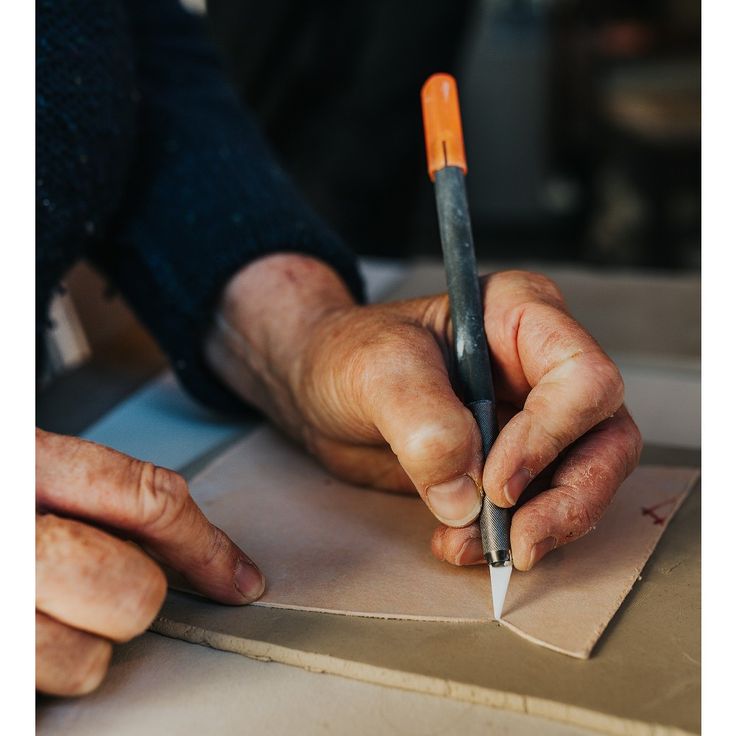
Why Investing in a Quality Craft Knife Matters
Investing in a durable craft knife saves time and money in the long run. High-quality knives offer better performance and last longer. They reduce the need for frequent replacements, ensuring consistent results. A well-crafted knife also ensures comfortable handling, making long crafting sessions more enjoyable.
By choosing a reliable tool, you can focus on creativity without worrying about tool issues. This not only improves the quality of your projects but also boosts overall satisfaction. Whether you’re a beginner or a professional, investing in a high-quality craft knife is a decision you won’t regret.